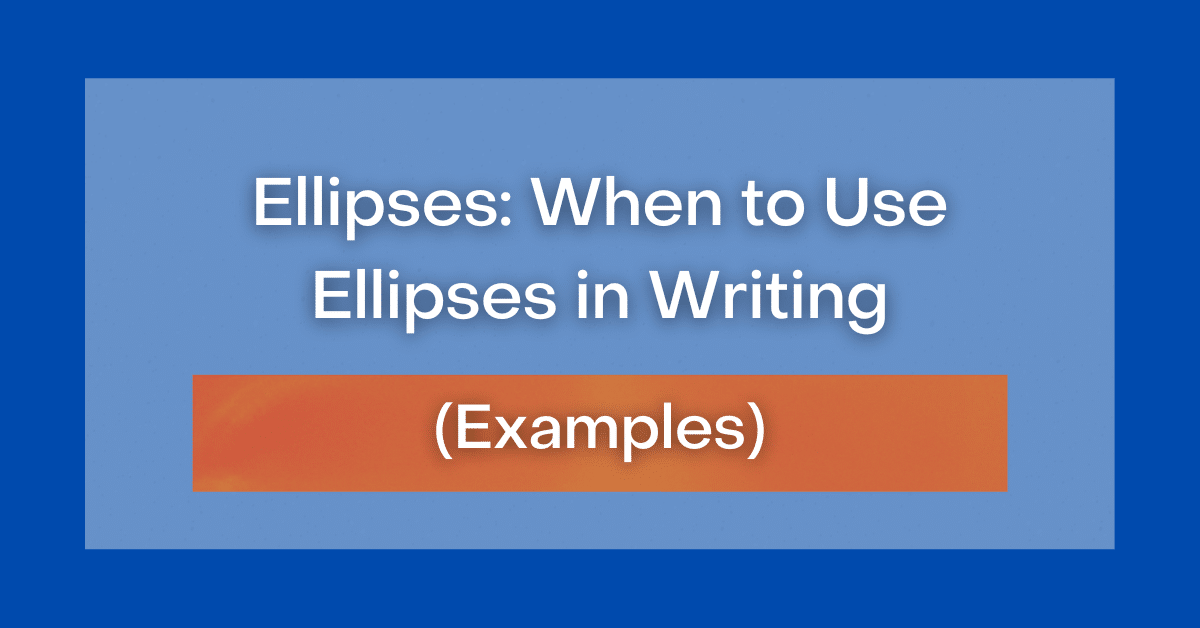Ellipses, also known as suspension points, are three consecutive periods that are used in writing to indicate a pause or omission in a sentence. They can be a powerful tool when used correctly, adding depth and nuance to your writing. Understanding how to use ellipses effectively can greatly enhance the readability and impact of your text.
One of the main uses of ellipses is to indicate a pause in speech or writing. They can convey hesitation, uncertainty, or a trailing off of thought. For example, “I’m not sure if I should… never mind, it doesn’t matter.” In this sentence, the ellipses indicate a moment of indecision or a change in direction.
Using Ellipses for Omissions
Another common use of ellipses is to show that a portion of a quote or text has been omitted. This can be helpful when you want to shorten a long passage or focus on a specific part of a larger text. For instance, “The quick brown fox… jumps over the lazy dog.” Here, the ellipses indicate that a portion of the original quote has been left out.
It is important to note that when using ellipses to show omissions, you should be careful not to change the original meaning of the text. It is essential to maintain the integrity of the author’s words while still making the necessary edits for clarity or brevity.
Additionally, ellipses can be used to create suspense or build tension in your writing. By trailing off a sentence with an ellipsis, you can leave the reader hanging and eager to find out what comes next. This can be a powerful technique in storytelling, drawing the reader in and keeping them engaged until the end.
In conclusion, ellipses are a versatile punctuation mark that can add depth, nuance, and suspense to your writing. Whether used to indicate pauses, omissions, or to create tension, mastering the art of using ellipses can greatly enhance the impact of your text. So next time you’re writing, consider incorporating ellipses to add an extra layer of meaning to your sentences.
